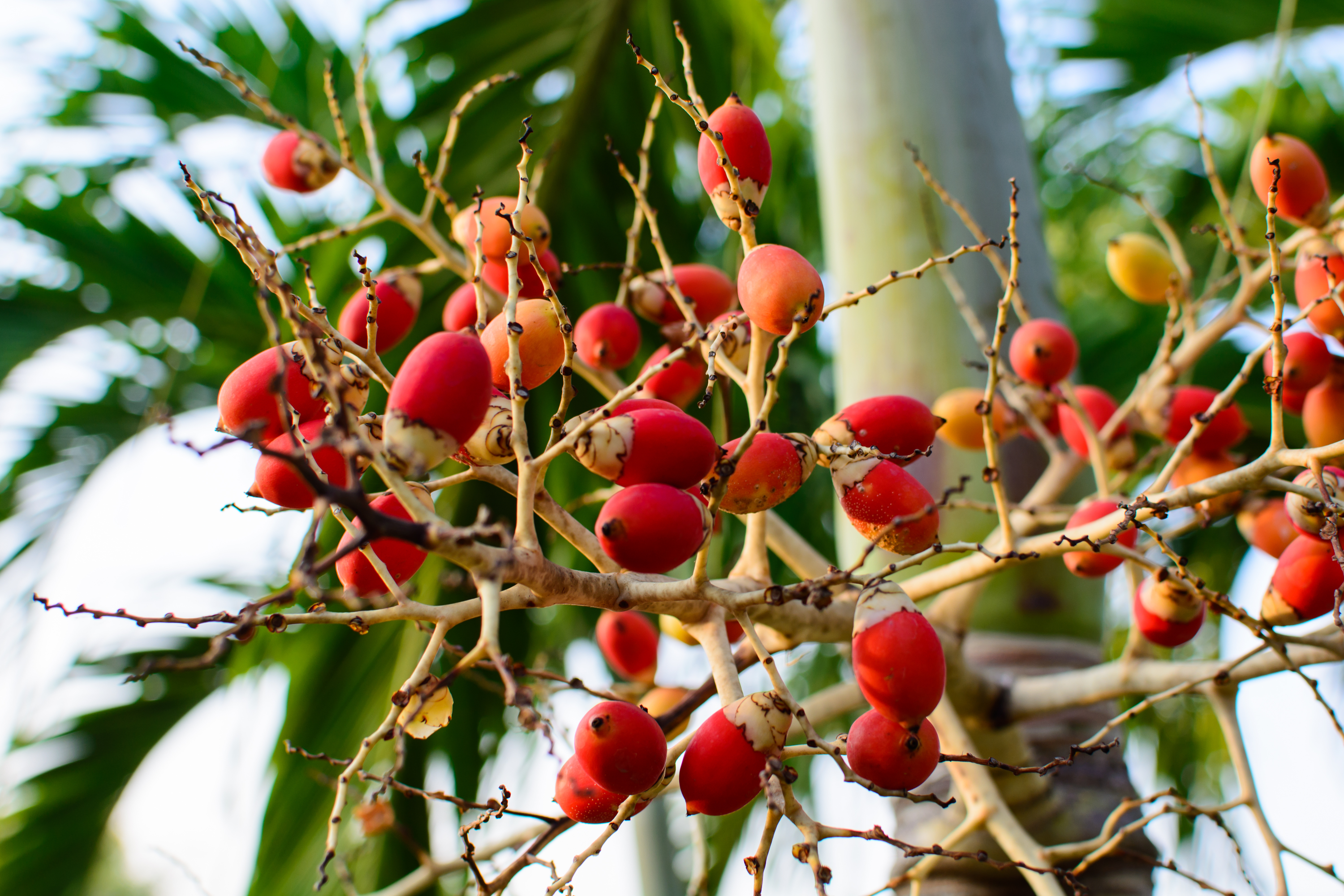Areca vestiaria
(Areca vestiaria)

Description
Areca vestiaria is a species of palm native to the rainforests of eastern Indonesia especially North Sulawesi. Its morphology is more diverse than other species of palms, and in particular the color of its upper trunk / crownshaft changes depending on altitude (varying between red and orange). The people of Sulawesi, near Bogani Nani Wartabone National Park, have long used the fruit of this palm as a male contraceptive. They drink a decoction of the fruit flesh boiled in water. The chemical composition of the fruit has been investigated with this in mind, but this does not represent evidence of its effectiveness as an antifertility agent. Areca is a genus of 51 species of palms in the family Arecaceae, found in humid tropical forests from the islands of the Philippines, Malaysia and India, across Southeast Asia to Melanesia. The generic name Areca is derived from a name used locally on the Malabar Coast of India. The best-known member of the genus is A. catechu, the areca nut palm. Several species of areca nuts, known for their bitter and tangy taste, raw or dried, are routinely used for chewing, especially in combination with the leaves of betel and dried leaves of tobacco. Areca nut is also popularly referred to as betel nut because of its usage for chewing with betel leaves. In Assam, areca nut is also known as tamul in the local dialect.
Taxonomic tree:







